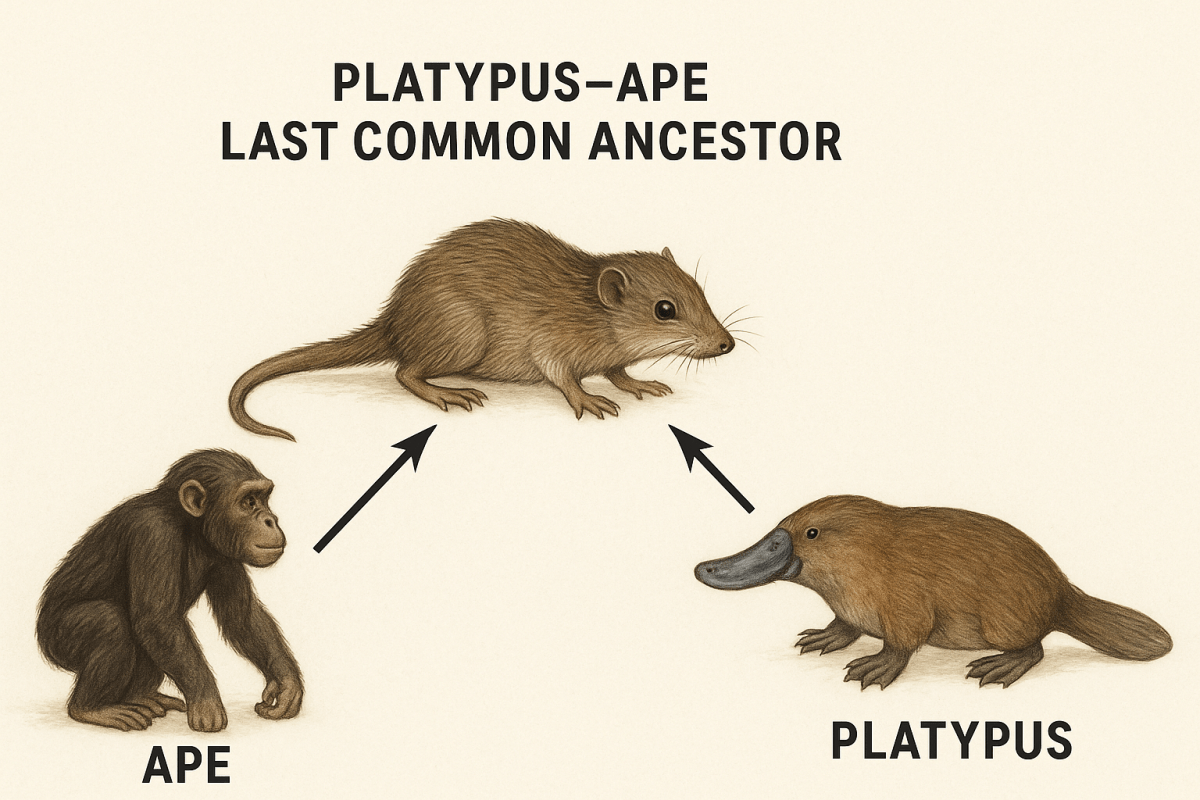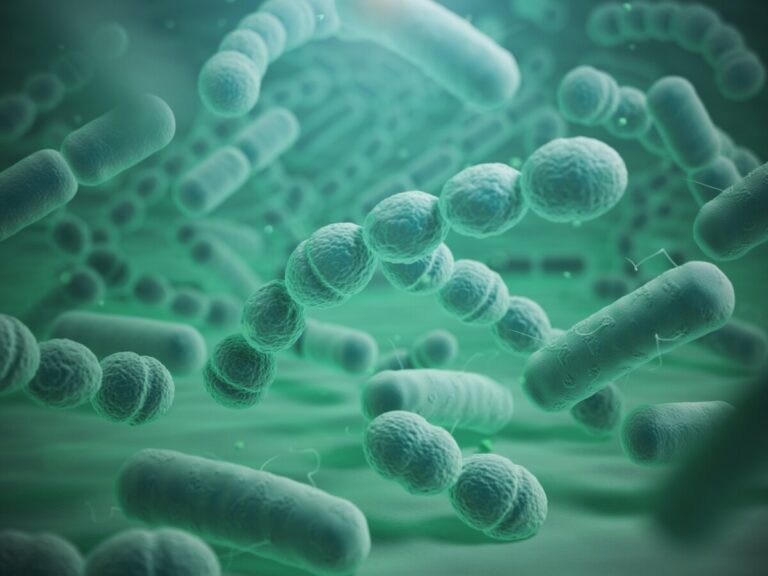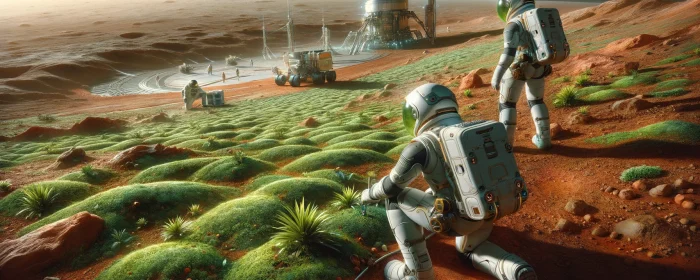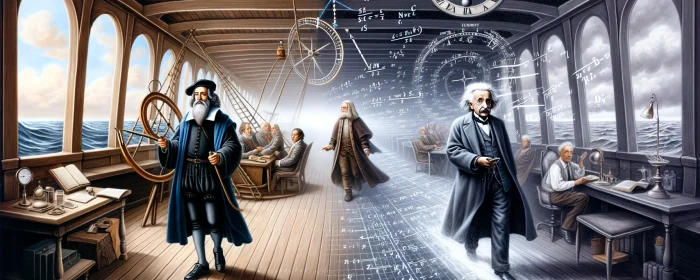In the dense, humid forests of the Late Triassic, long before mammals ruled the night, a small, shrew-like creature scurried beneath the ferns. This ancestor—our shared forebear with the platypus—was warm-blooded, fur-covered, and laid soft-shelled eggs. It represents the last moment before the mammalian lineage split: one path leading to the egg-laying monotremes, the other to the marsupials and placental mammals that would someday give rise to apes and humans.
While dinosaurs were just beginning their ascent toward dominance, this humble animal carried the spark of something different—fur, milk, and the beginnings of complex endothermic life. Its descendants would adapt, shrink, and diversify through catastrophe after catastrophe, quietly perfecting the traits that define us today.




















